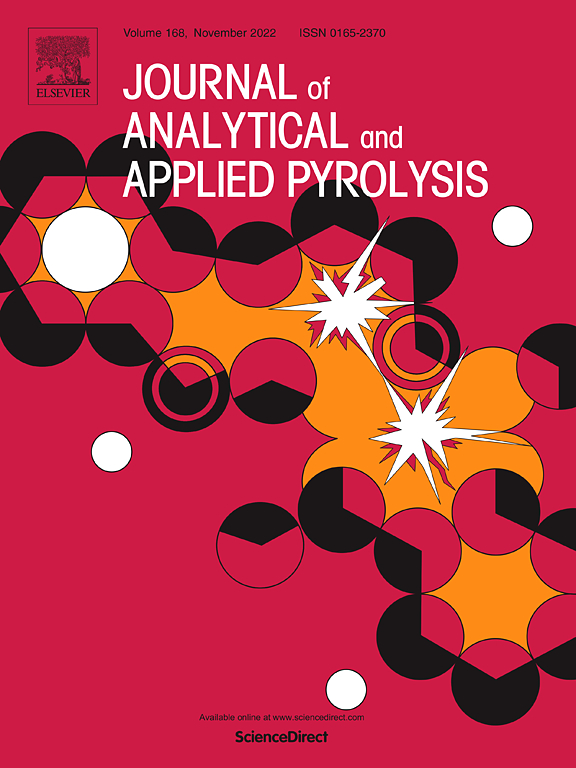Ver ítem
- xmlui.general.dspace_homeCentros Regionales y EEAsCentro Regional Entre RíosEEA Concepción del UruguayArtículos científicosxmlui.ArtifactBrowser.ItemViewer.trail
- Inicio
- Centros Regionales y EEAs
- Centro Regional Entre Ríos
- EEA Concepción del Uruguay
- Artículos científicos
- Ver ítem
Chicken litter: A waste or a source of chemicals? Fast pyrolysis and hydrothermal conversion as alternatives in the valorisation of poultry waste
Resumen
Poultry production is one of the main and fastest developing branches of the agri-food industry in the world. Chicken litter (ChL) is the most abundant waste from this industry and requires alternative treatments to help mitigate the environmental impacts of improper disposal. Fast pyrolysis and hydrothermal conversion are two recognized thermochemical approaches for the transformation of different types of biomasses, including agro-industrial waste. Fast
[ver mas...]
Poultry production is one of the main and fastest developing branches of the agri-food industry in the world. Chicken litter (ChL) is the most abundant waste from this industry and requires alternative treatments to help mitigate the environmental impacts of improper disposal. Fast pyrolysis and hydrothermal conversion are two recognized thermochemical approaches for the transformation of different types of biomasses, including agro-industrial waste. Fast pyrolysis takes place at atmospheric pressure or under vacuum at moderate to high temperatures (400–800 °C) in the absence of oxygen and requires drying of the feedstock, whereas hydrothermal conversion is a low temperature (180–300 °C) and high pressure (up to 30 MPa) process that takes place in liquid water and particularly suited for moist materials. In this work, we present experimental results that provide a comparison of bio-oils produced by fast pyrolysis and hydrothermal conversion of ChL. In addition, the composition of the pyrolytic oils from ChL is compared with the data obtained from rice husk (the main component of ChL), studied previously. Fast pyrolysis experiments were carried out in a bed reactor at temperatures ranging from 400° to 700°C and at two reaction times of 20- and 40-min. Phenols and other oxygenated compounds were the main families of chemicals present in the bio-oils. Among oxygenated derivatives, fatty acids were predominant. Hydrothermal conversion experiments were performed between 220 and 240 °C for 20- and 40- min and the oil fraction was obtained by evaporation of water from the reaction mixture followed by freeze-drying. These bioliquids were found to be concentrated in fatty acids, especially palmitic acid.
[Cerrar]

Autor
Pachón Gómez, Erica M.;
Domínguez, Rodrigo E.;
López, Débora A.;
Téllez, Jhoan F.;
Marino, Marcos D.;
Almada, Natalia Soledad;
Gange, Juan Martín;
Moyano, E. Laura;
Fuente
Journal of Analytical and Applied Pyrolysis 169 : 105796 (January 2023)
Fecha
2023-01
Editorial
Elsevier
ISSN
0165-2370
1873-250X
1873-250X
Formato
pdf
Tipo de documento
artículo
Palabras Claves
Derechos de acceso
Abierto
 Excepto donde se diga explicitamente, este item se publica bajo la siguiente descripción: Creative Commons Attribution-NonCommercial-ShareAlike 2.5 Unported (CC BY-NC-SA 2.5)
Excepto donde se diga explicitamente, este item se publica bajo la siguiente descripción: Creative Commons Attribution-NonCommercial-ShareAlike 2.5 Unported (CC BY-NC-SA 2.5)

